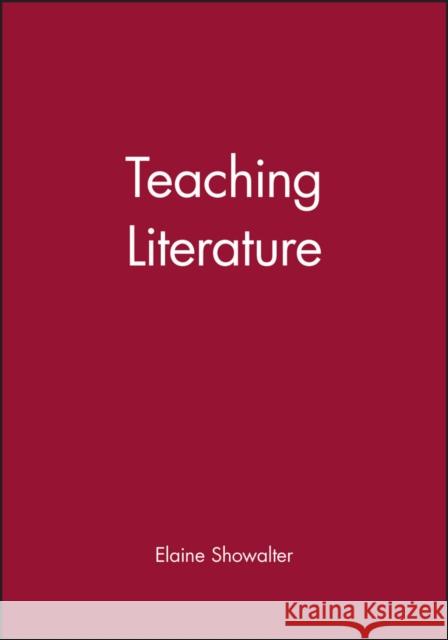Teaching Literature » książka
topmenu
Teaching Literature
ISBN-13: 9780631226246 / Angielski / Miękka / 2002 / 176 str.
Teaching Literature is an inspirational guidebook for all teachers of English and American literature in higher education.
- Written by leading academic, prolific author and cultural journalist, Elaine Showalter
- Original and provocative reflections on teaching literature in higher education
- Encourages teachers to make their classroom practice intellectually exciting
- Wide-ranging - covers the practical, theoretical, and methodological aspects of teaching literature
- Highly practical - employs real examples from real classes and careers throughout
- Draws on 40 years of international teaching experience











